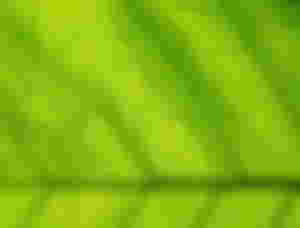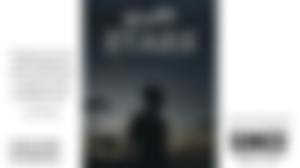Green Flags in Writing

There are no absolute rules as to how your article should be written. But this does not mean you can do anything you want. There are still limitations, and we will talk about that as well as the green flags when writing.
When words are placed in a way that is relevant, meaningful, and simple, it is a creative process. To keep the reader's attention, each paragraph's sentences must flow into one another. What you're writing should make the reader think and feel about the subject matter.
Readers will be able to see your point of view as the writer, and this implies that your article and your writing style are effective. Now, let us proceed to the limitations that one should avoid when it comes to publishing an article here and on various platforms.
Citing an article
In writing an article, there is a time when we want to add some more that comes from other sources to support our topic and ideas. But we can't just do it by simply copying that material online and placing it directly in our post. That is not how it works. So to properly do it, you have to read the material you have found, analyze and comprehend it, and then rephrase it in your own words. After that, mention in your article who said that by following a certain format. For example, using the APA Citation Style 7th Edition.
To properly guide you, here is how it is done:
1 author
What you need is the author's last name (then add a comma), then the year. It should be enclosed in parenthesis. Example:
(Cruz, 2022)
You can also write it in a slightly varied format such as:
In an article published online by Cruz (2022), it was stated that...
2 authors
What you need is the author's last name (connected together using ampersand or &), then the year. It should be enclosed in parenthesis also. Example:
(Cruz & Abad, 2022)
3 or more authors
When there are 3 or more authors, use the last name of the first author and follow it with et al., which means "and others," then the year. Example:
(Smith et al., 2018)
As Santini (2018) mentioned in a paper published in the National Library of Medicine, it is important to cite sources correctly so that your readers know exactly what you're trying to get across. It is unnecessary to use the phrase "It is said" in your academic paper if you cite precisely and accurately.
Use of Copyright-free Images
All around the web, we can see a lot of images. But not all of them are free to use anytime and anywhere you want. Note that they have copyright alongside these photographs. So if you find a photo online that suits your content, don't use it without permission and give proper credits to the respective owner. On the other hand, if it is from copyright-free platforms like Unsplash and Pixabay, it is still better to give credits to the owners though it says on the site that no attribution is required.
The green flag is properly citing an image. To do it, I have here a format based on APA Citation Style, 7th edition: Electronic Image. As stated in the said article, the following are the steps on how you can properly cite an image, diagram or artistic work using the said format.
With author/owner:
Artist Surname, First Initial. Second Initial. (Year). Title of the artwork [Format]. Title of the Website. URL (address of web site).
No author/owner:
Title of work [Type of work]. (Year image was created). Title of the Website. URL (address of web site)
Example:

Llmicro (2013). Leaf Texture Green Leaf Veins [JPG]. Pixabay. https://pixabay.com/photos/leaf-texture-green-leaf-veins-176722/
So that is all. I hope that this helps you and lets you understand in a precise and understandable manner. These are just some of the things, we content creators and writers can do to properly use and cite things like photos we used in our articles and articles we used as a reference to support our ideas. Thank you!
Meet the writer behind this article:

Follow me on:
If you are enjoying it, feel free to check these out too:
The lead image is from Unsplash.
© 2022 McJulez. All Rights Reserved.



Reading via Dreemport.. Macheck ko nga yang sa author 😁